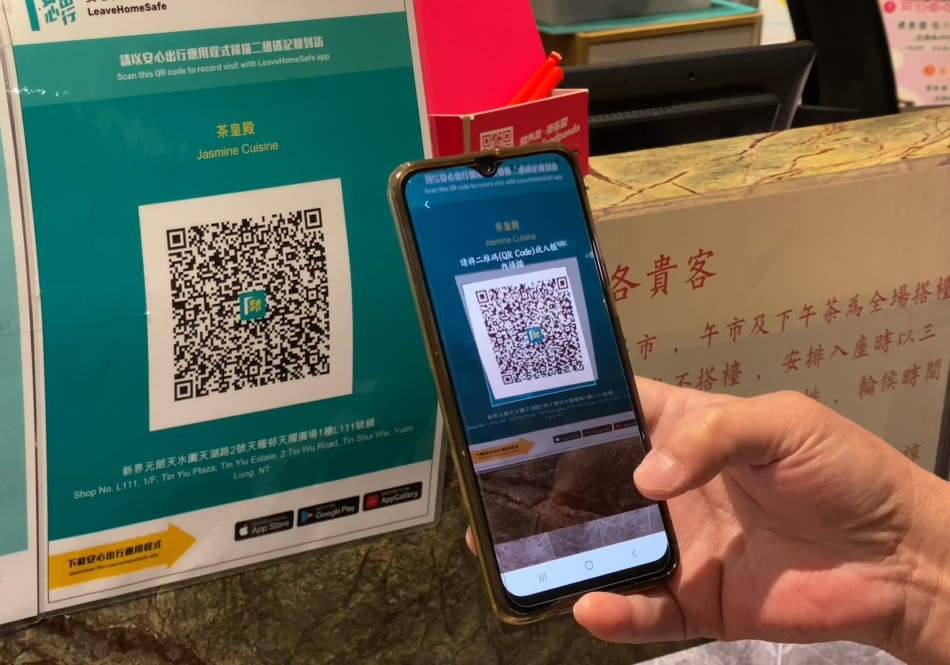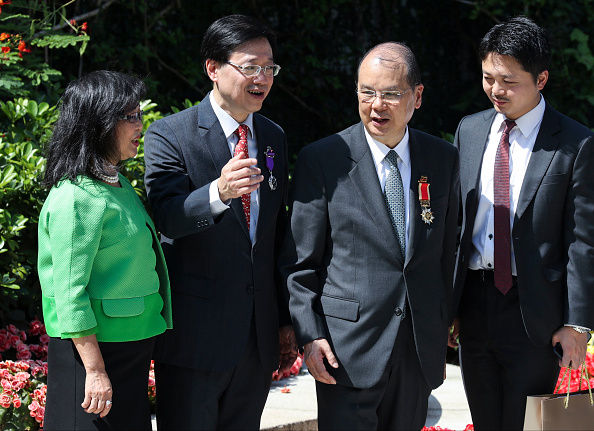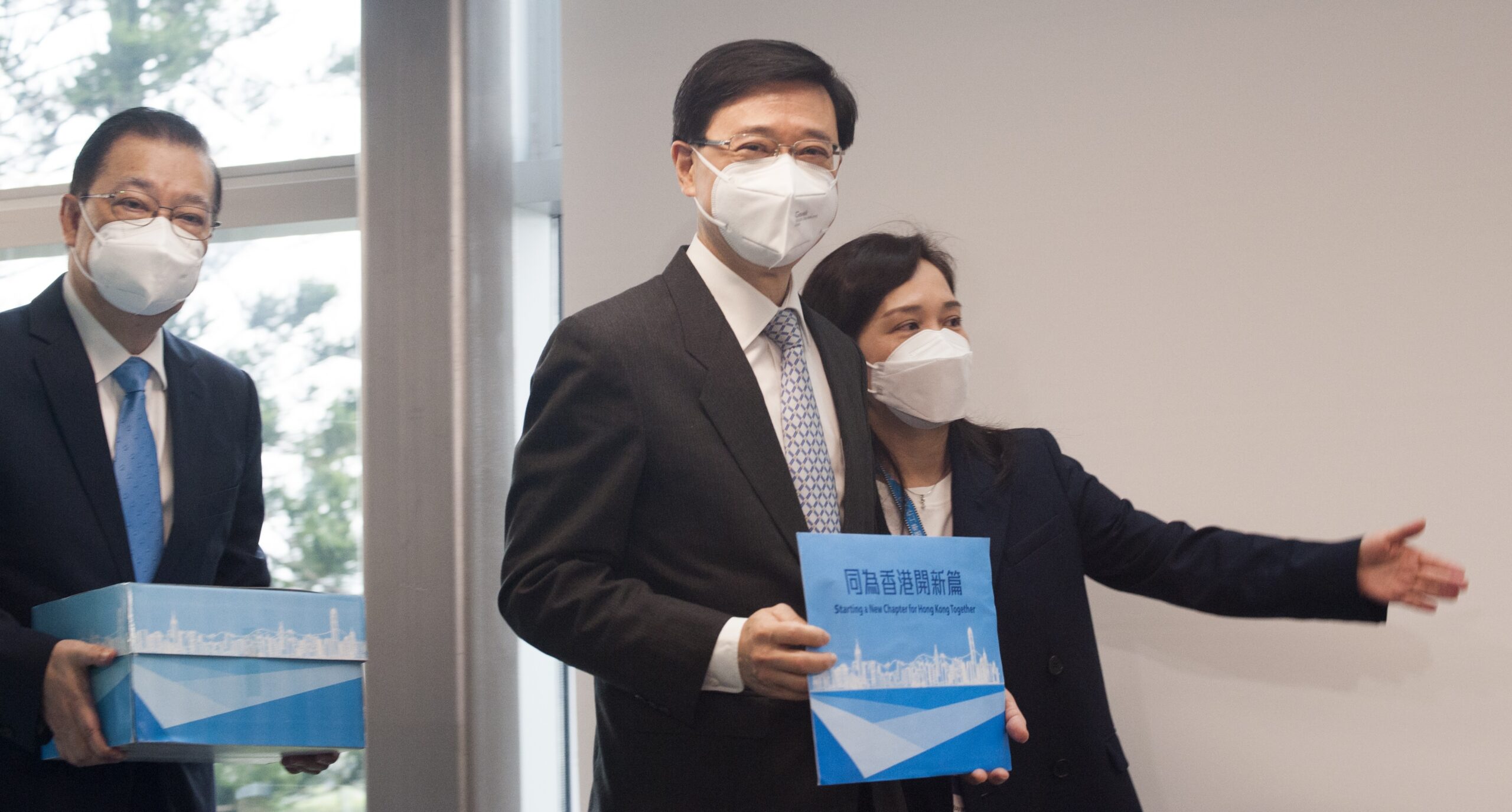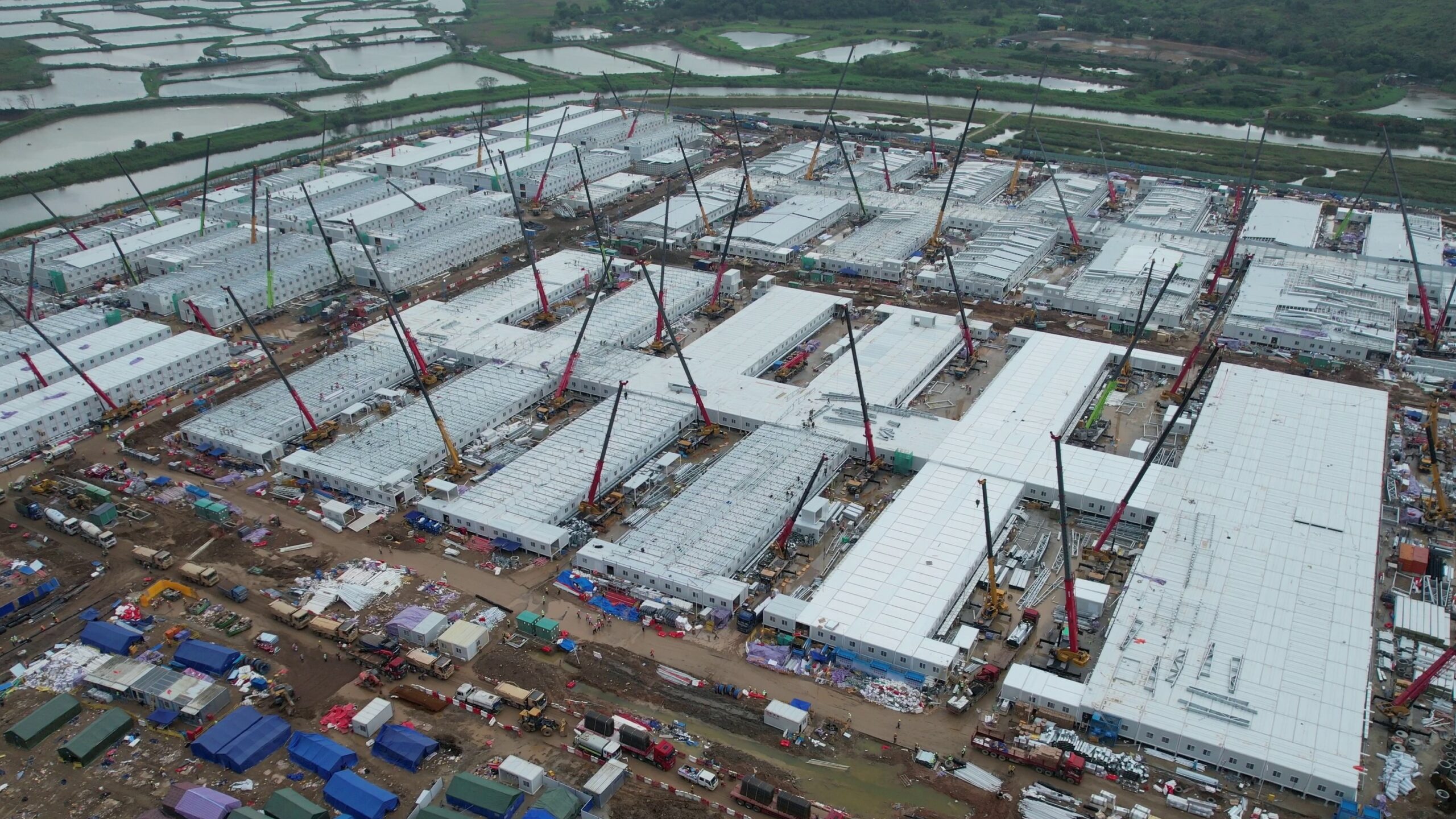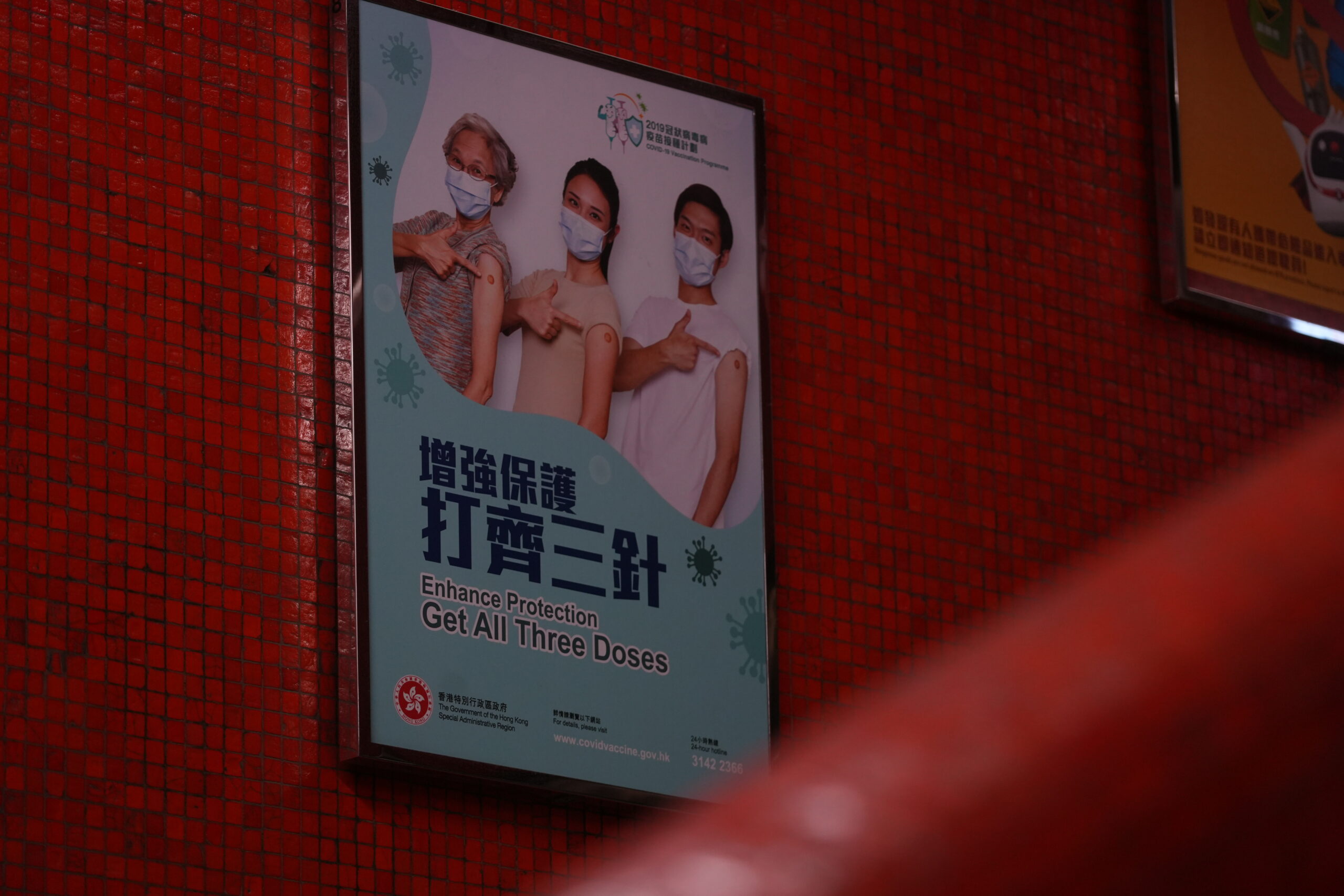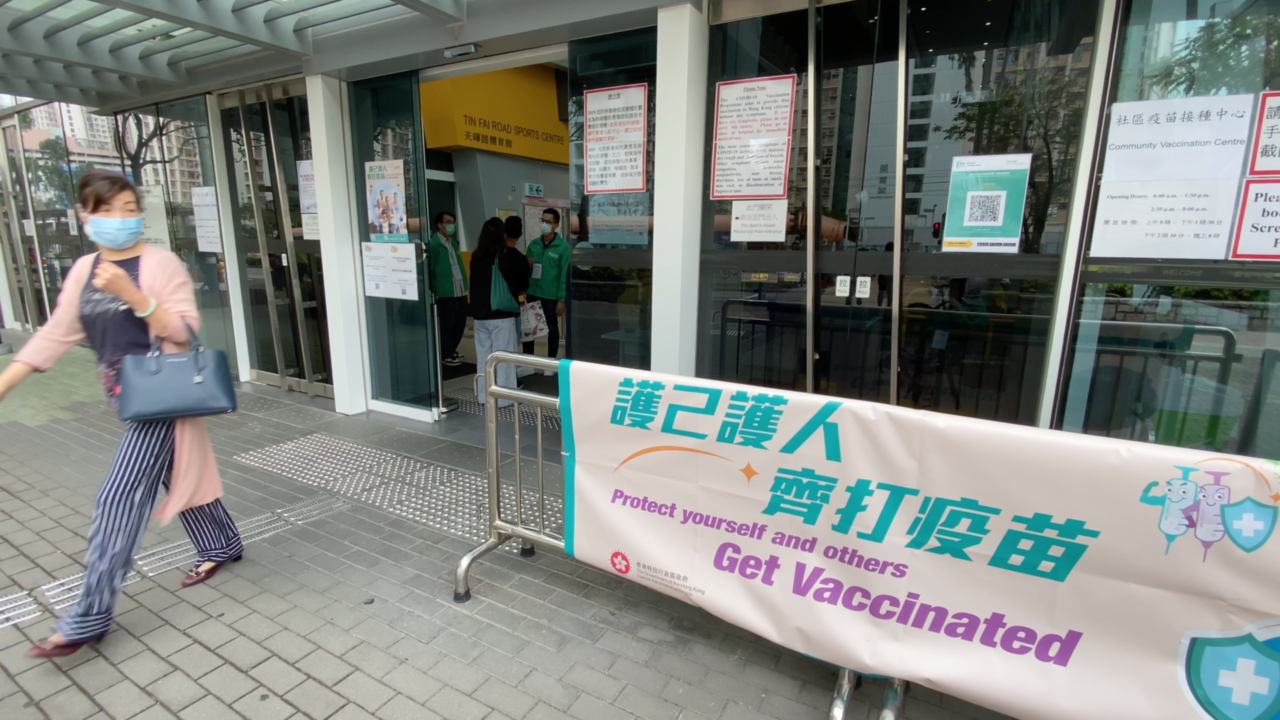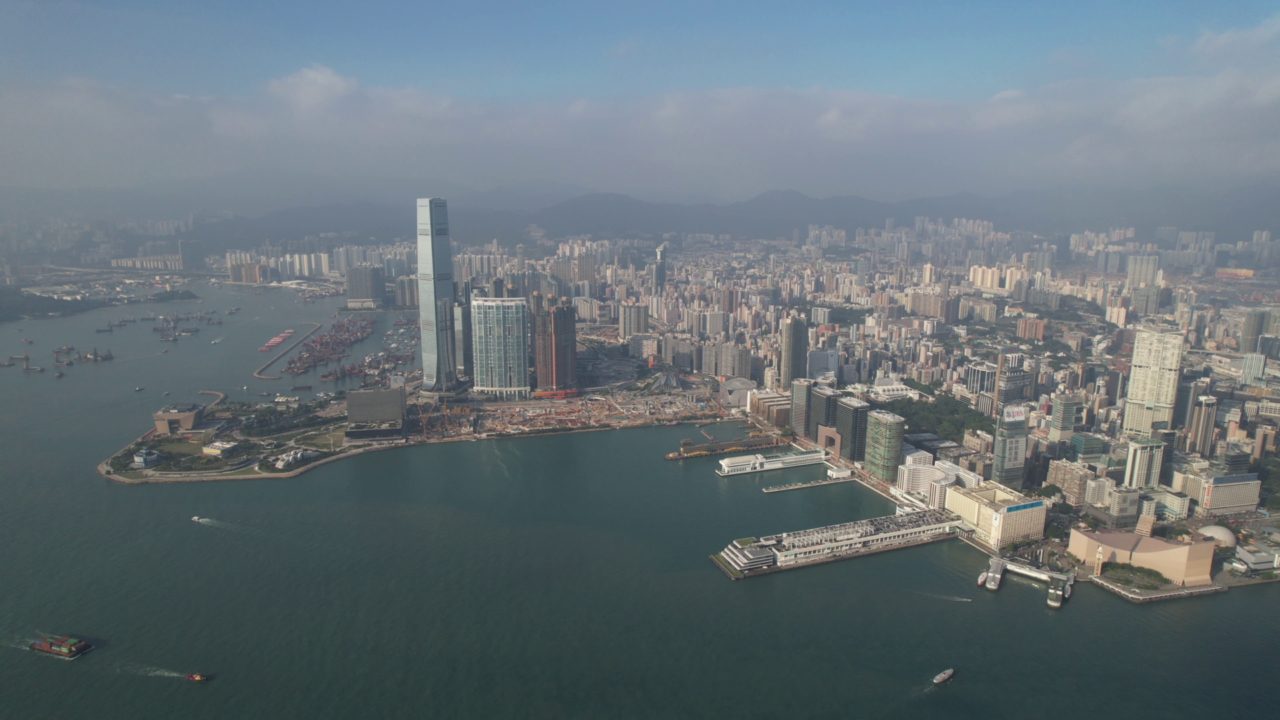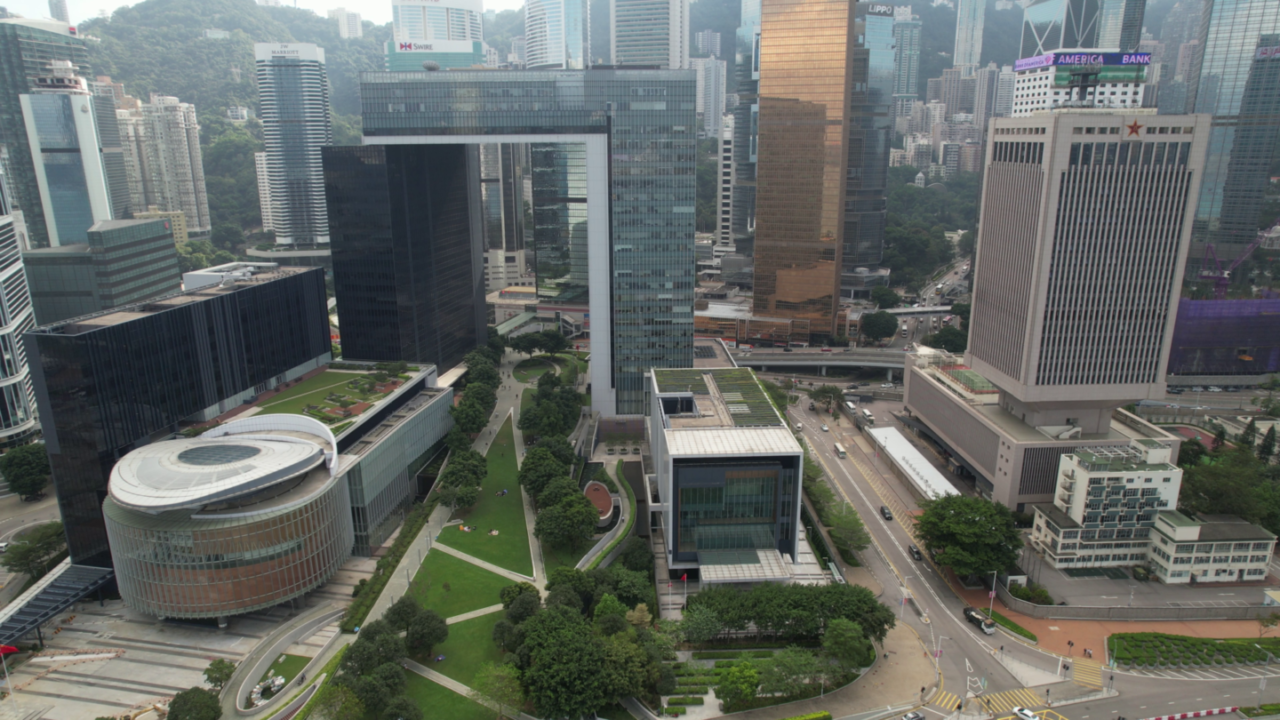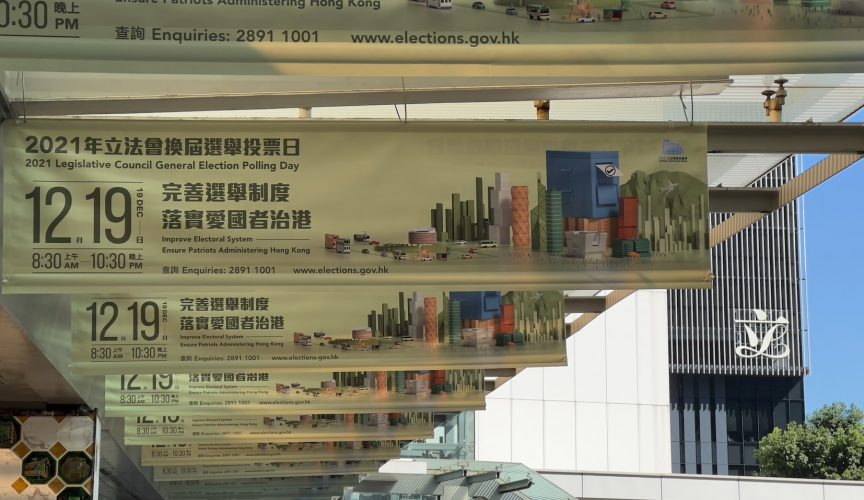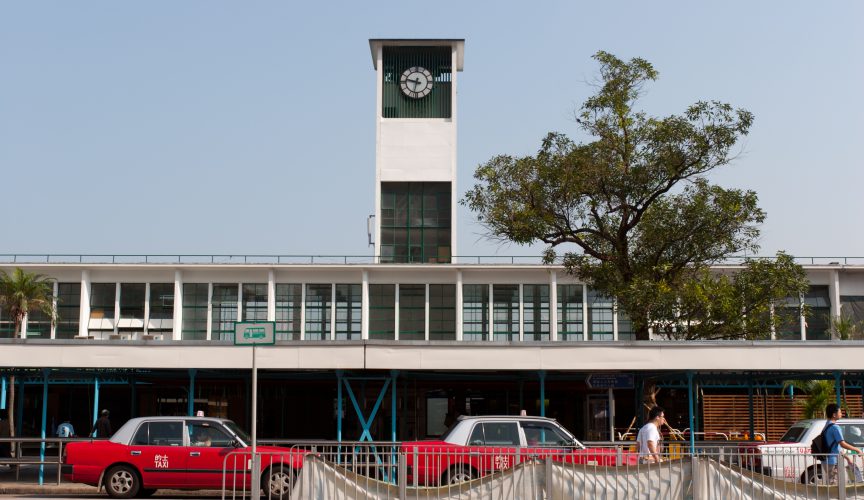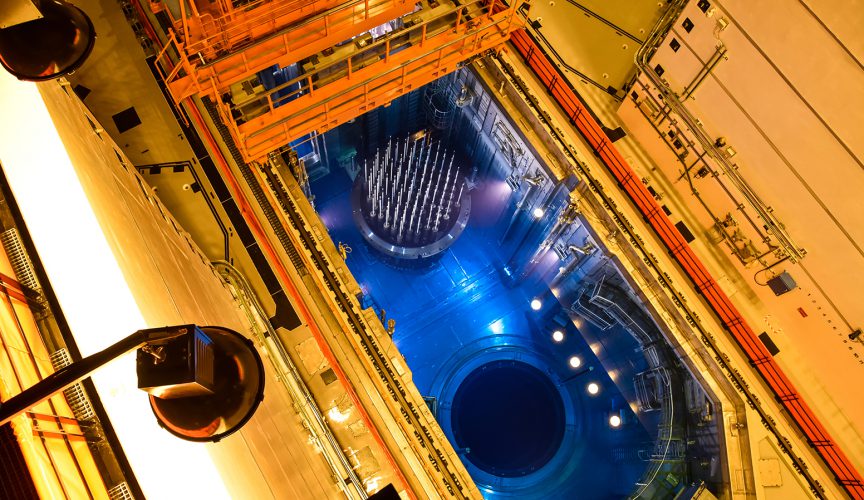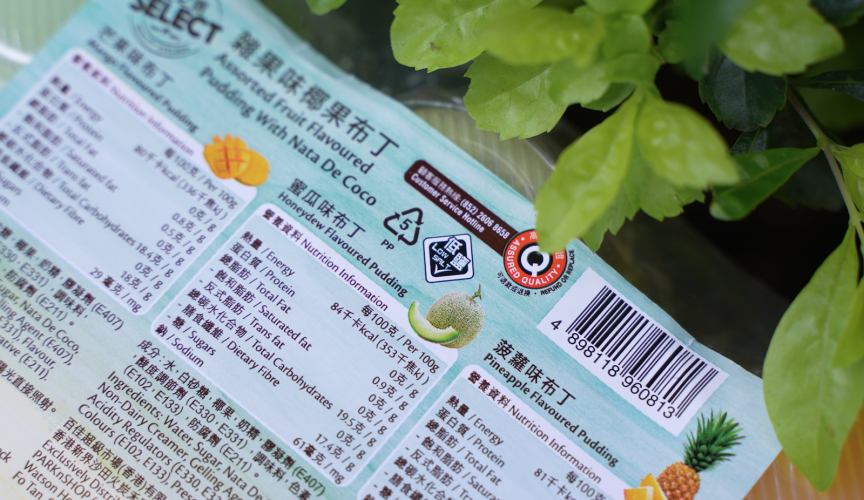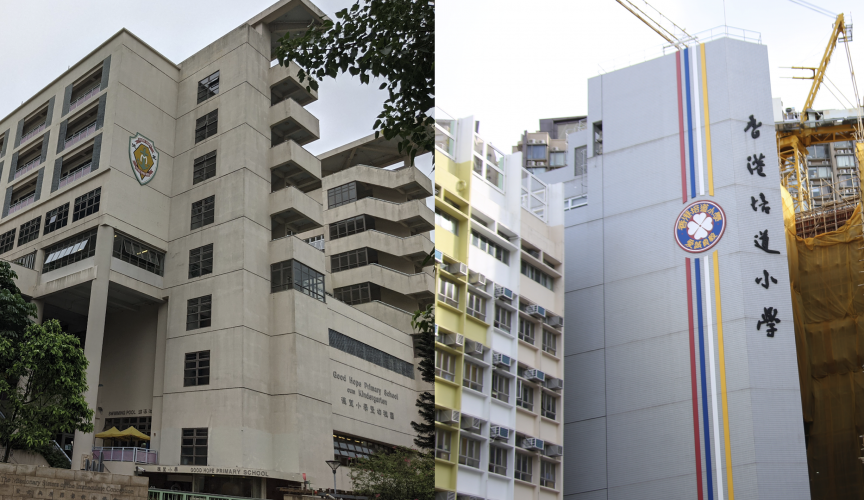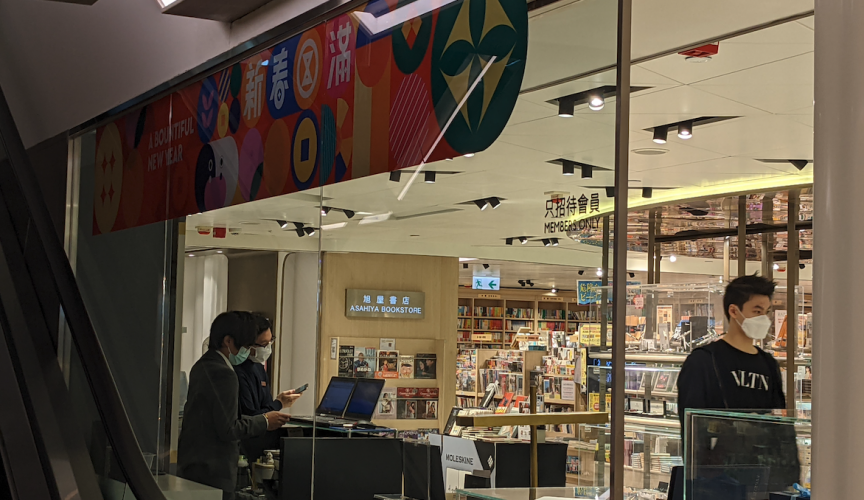Renovation works subsidised by the Operation Building Bright scheme may be fraught with price manipulation according to an analysis
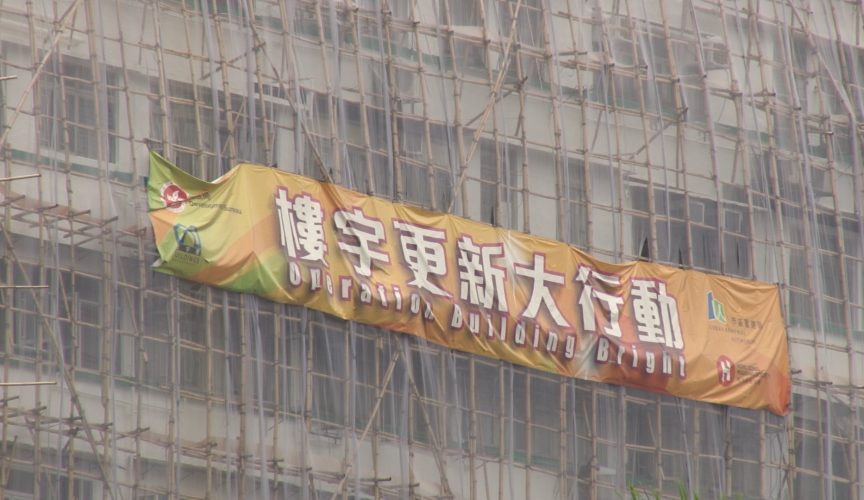
Government-funded building maintenance projects showed signs of bid-rigging, according to an analysis of a database compiled by FactWire.
The government issued ‘Operation Building Bright’ (OBB) in 2009 as well as other subsidy plans, and invested a total of HK$3.5 billion to carry out building repair and maintenance work for old buildings.
Carrie Lam Cheng Yuet-ngor, then Secretary for Development, was in charge of the OBB unch in 2009. In 2011, Lam mentioned knowing about bid-rigging problems in Hong Kong and reminded flat owners to be aware of projects charging low consultant fees.
In 2015, however, Lam, then Chief Secretary for Administration, said that Independent Commission Against Corruption (ICAC) Commissioner Simon Peh Yun-lu told her buildings receiving OBB subsidies showed no signs of bid-rigging. Lam also mentioned that the design of OBB is to prevent bid-rigging, that projects would not be subsidized if tender prices are high, and called the scheme a ‘successful’ one.
However, FactWire conducted an analysis based on the database and revealed signs of bid-rigging in government subsidized projects.
FactWire’s previous report on Tuesday analyzed 223 projects in its database and found signsofbid-rigging. Atleast75outof223ofthebuildingsprojects,one-thirdoftheprojects in the database, secured government funding for their maintenance works, with 67 from OBB and 9 from ‘Integrated Building Maintenance Assistance Scheme’ (IBMAS) (there was a repeated application for one building).
FactWire’s analysis based on the database found that 18 contractors took charge of half of all the maintenance projects in the database, with five of them securing a quarter of the projects. Among the 18 contractors, the one that won the most bid secured 41 out of 74 subsidized projects that were submitted by contractors, taking up 55 per cent. Five contractors that won the most bids took up 21 projects, which is nearly 30 per cent.
In addition, FactWire analyzed buildings with subsidized maintenance projects between 2011 and 2015 and found that the proportion of consultant fees compared with maintenance fees was lower than reasonable range for some projects.
Man Fat Building in Sai Wan hired Cordelia Chan and Associates Limited as consultant with HK$30 thousand, and then hired contractor Tsang Wan Lee Construction Company Limited with around HK$5 million to carry out maintenance works in 2011. The consultant fee took up only 0.6 per cent of the maintenance fee.
Fu On Building in Yuen Long hired Property Society International Of Architecture Consultant Hong Kong Limited as consultant with HK$40 thousand and paid around HK$4.5 million to Hip Kei Construction Company to perform maintenance works in 2014. The consultant fee took up only 0.8 per cent of the maintenance fee. The two cases were much lower than the normal standards of 5 to 8 per cent in the construction sector.
However, some maintenance projects with government subsidy had higher prices. Each household of Mill Reef House in Cheung Sha Wan has to pay an average of around HK$160 thousand, HK$180 thousand for 52 Marble Road, and HK$160 thousand for Garland House in North Point. For buildings recently succeeded in applying for IBMAS, including Sai Wan Ho Building, Hsin Kuang Centre in Wong Tai Sin, and Kam Hing Building in Sai Wan, each household has to pay an average of around HK$100 to 200 thousand.
IBMAS is a combination of different subsidy plans designed to replace OBB. Instead of targeting estates for the middle or upper class, both schemes target old buildings of lower rental value. The average rateable value of residential units of both schemes should not exceed HK$100 thousand each year for buildings located in Hong Kong Island, Kowloon, Sha Tin, Kwai Tsing and Tsuen Wan. The average rateable value should not exceed HK$76 thousand for buildings in the New Territories, which means that the average rateable value per month should not exceed HK$6,333 and HK$8,333 respectively.
The Hong Kong Institute of Surveyors (HKIS) and the City University of Hong Kong jointly made a reference list for building maintenance prices in 2012. According to the list, the maintenance fee for 30-year-old buildings with less than seven floors was around HK$51 to 68 thousand for each household, and HK$44 to 54 thousand per household for buildings with more than seven floors.

urveyor and HKIS former president Vincent Ho Kui-yip said the reference list was updated in 2015 and results showed that some costs of maintenance items were raised and some reduced, yet all changes were minor ones within 10 per cent.
‘The maintenance fees charging each household is still HK$60 to 70 thousand. The fees for buildings with maintenance works that are more difficult, involving complicated procedures or in a less convenient location are still HK$80 to 90 thousand. There is still a gap compared to maintenance prices in the market,’ said Ho.
Ho added that the data came from 200 maintenance projects, including common maintenance project items such as external wall painting, external wall tiles, concrete maintenance, drainage pipes, water-resistant rooftops, changing windows in public spaces and removing unauthorized building works. The concept is to repair broken materials instead of renovation or beautification, according to Ho. However, since buildings have different conditions, there is a need to consider different project items, the quantity and special needs of each building when accessing the maintenance cost. Ho added that the list should not be referred to as maintenance price standards for flat owners, but it could be used for early reference when estimating the price.
There are 40 thousand private housings in Hong Kong, and the current market estimated number of buildings reaching 30 years of age is around 21 thousand, and the number increases yearly. In the wake of the global financial crisis, the government set up ‘Operation Building Bright’ (OBB) in 2009 to boost the construction industry. A grant of up to HK$16,000 was available for the each owner, while the grant ceiling for owner-occupiers aged 60 or above was HK$40,000.
In 2011, the government’s ‘Integrated Building Maintenance Assistance Scheme’ (IBMAS) replaced OBB and extended building repairs for 20-year old buildings.
The government invested a total of HK$3.5 billion in both schemes to encourage maintenance of old buildings. The government invested HK$3.2 billion while the Urban Renewal Authority (URA) and Hong Kong Housing Society (HKIS) provided HK$150 million each.
Then in 2012, the government brought in the Mandatory Building and Window Inspection Scheme for 30-year-old buildings, randomly picking 2000 of them every year to perform mandatory inspection and renovation and led to a building maintenance frenzy.
An URA database shows that around 550 buildings were awarded with subsidies from the government and the number accumulated to 3,000 buildings from 2009 till now. According to the database compiled by FactWire, there were 70 projects awarded with government subsidies and with tender information available, and the maintenance fees for these buildings is around HK$5.6 million per building, which means that a total of around HK$3 billion per year is involved in subsidized maintenance projects. Maintenance fees accumulated in the past years for 3,000 buildings reach HK$16.8 billion.
Lam, then Secretary for Development, was in charge of the OBB launch in 2009. In 11 February 2011, Lam said she knew about the problems of bid-rigging in building maintenance and reminded flat owners to pay attention to projects with lower maintenance fees.
Lam said: ‘We have received complaints before. A lot of times the consultant fees are much lower, and something against the rules may occur during the tendering process. Putting focus on these works, we work with the Hong Kong Housing Society and Urban Renewal Authority to inform flat owners that consultant fees should not be too low, and that there may be problems if it is too low. We also inform owners the normal prices for external wall maintenance or internal maintenance prices for them to get an idea. Most importantly, we’d like to encourage more contractors to participate in the tendering processes in Hong Kong. We received support from the Hong Kong General Building Contractors Association and they would also encourage members to participate in the tendering work, because with more tenders, chances of bid-rigging would be much lower.’
However, in 20 November 2015, after visiting a building in Kwun Tong with then Secretary for Development Paul Chan Mo-po and Secretary for Home Affairs Lau Kong-wah, Lam, then as Chief Secretary for Administration, said that no signs of bid-rigging were found in buildings which participated in the OBB.
Lam said: ‘Just now a reporter asked whether there were any signs of bid-rigging for old building maintenance projects in ‘Operation Building Bright’ (OBB). The answer is no. Because I had asked Independent Commission Against Corruption (ICAC) Commissioner Simon Peh Yun-lu myself, and he replied that no signs of bid-rigging had been found in old building maintenance projects of OBB. It is because we are not simply giving them subsidies, but to provide technical assistance through the URA and HKHS. Signs of bid-rigging would imply high tender prices, but then we would not provide them with the subsidy. Therefore, the design of the scheme can prevent bid-rigging to occur.’

